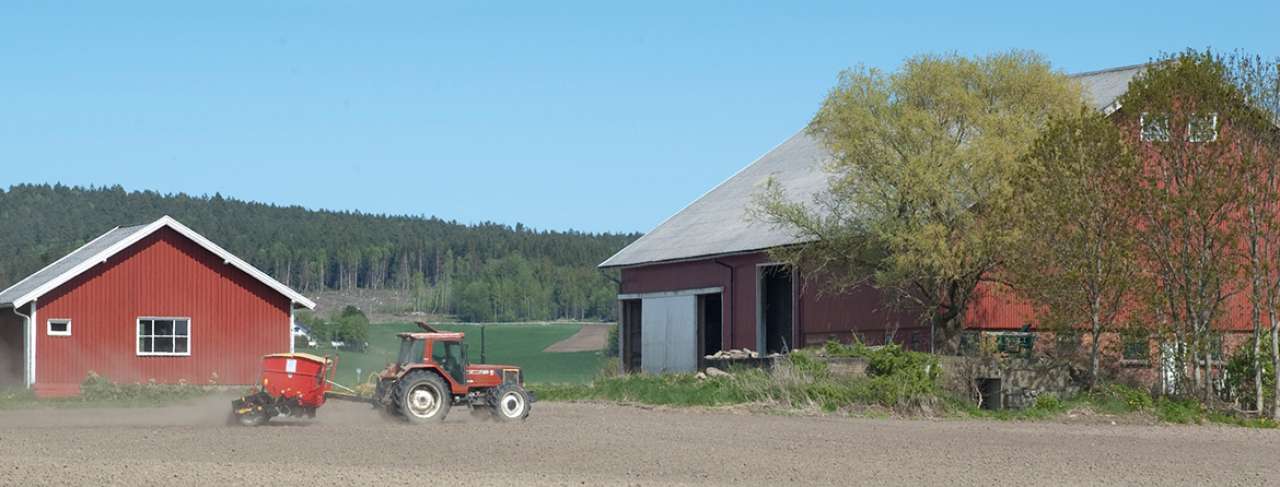
The Role and Function of the BFJ (Budsjettnemnda for jordbruket - The Budget Committee for Agriculture)
The main function of the BFJ is to generate the material used in the "jordbruksoppgjøret" — the annual agricultural negotiations that take place between Norwegian government departments and the farmers unions.

The material presents the economic status and development of agriculture in Norway and provide all parties with the information required for further evaluations and various independent analyses.
The Five Elements of Agricultural Policy Negotiations
The five elements of the agricultural policy negotiations are addressed in a fixed order and involve meetings about background information, requirements, proposals, negotiations and the final agricultural agreement.
Background
The negotiation process begins in the first half of April, when the BFJ presents materials describing the economic status of agriculture in Norway. This background information shows value creation as a whole across the agricultural sector, as well as developments in agricultural revenue.
It provides a common starting point for the negotiations because all of the parts that participate are represented by the BFJ and the BFJ, in turn, is responsible for preparing and presenting the background information used in the negotiations.
Requirements
Once the background information has been presented, the farmers two unions, the Norges Bondelag (Norwegian Agrarian Association) and Norsk Bonde- og Småbrukarlag (Norwegian Farmers and Smallholders Union) agree on shared requirements and submit them to the government representatives by a specific deadline in late April.
Proposals
The government representatives must submit their proposals to the farming groups by a specific deadline in early May.
Negotiations
Once the government representatives have presented their proposals, the agricultural negotiations begin. The parts must agree, by a specified deadline in mid-May, on a shared result that can be submitted to the Storting (Norwegian parliament). The Storting then considers the proposal until around mid-June.
If the parties cannot agree, it is usually the proposals from the government representatives that are sent to the Storting for consultation.
The new agricultural agreement
The consultation process in the Storting culminates in a new agricultural agreement for the following year. The agreement determines target prices, budget transfers and other measures to safeguard the following year's incomes for Norwegian farmers.
The background information for the negotiations is divided into three sections
The aggregated account for agriculture
This calculation shows the total income and income development for the agricultural sector and provides an overview of value creation within the sector. The calculation shows the total value created by Norwegian agriculture and is used for various analyses, such as comparing the development of farmers' incomes to other groups in society.
The statement of results shows the revised figures for 2017, preliminary results for 2018 and the budget for 2019.
Reference farms
This information presents the financial results for 27 reference farms that represent different types of operation, sizes and locations. During the negotiations, the reference farms are used to calculate the impact of the requirements and proposals in different scenarios.
The calculations are based on figures from more than 700 agricultural enterprises that take part in the surveys of account statistics for agriculture.
The Result control for the agricultural policy
This section provides data that highlights the development and achievement of goals in the agricultural sector. This data shows the impact of agricultural policy via a range of indicators and highlights changes within those indicators.
For example, structural development is shown through changes in the size of a farm and in the number of animals.
The geographical distribution of agricultural production is also documented in the performance control section.
